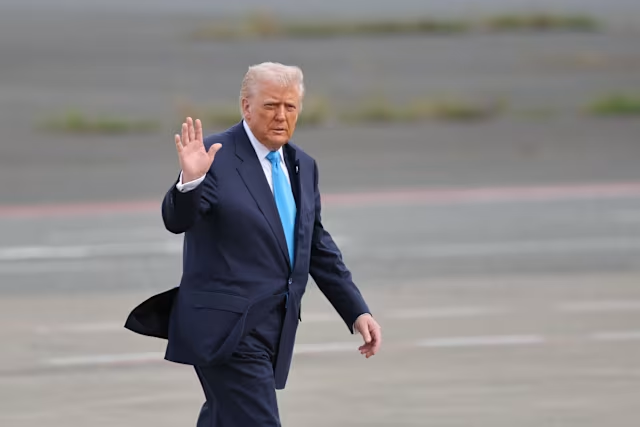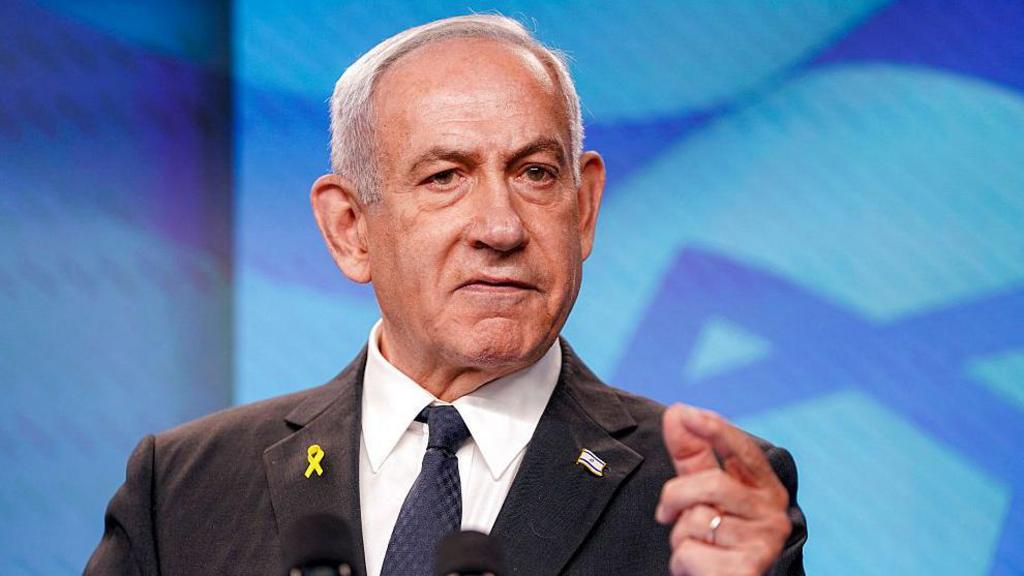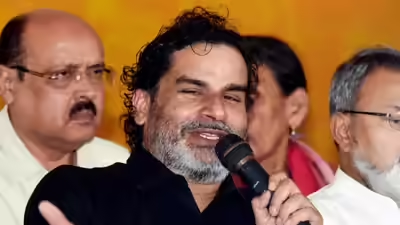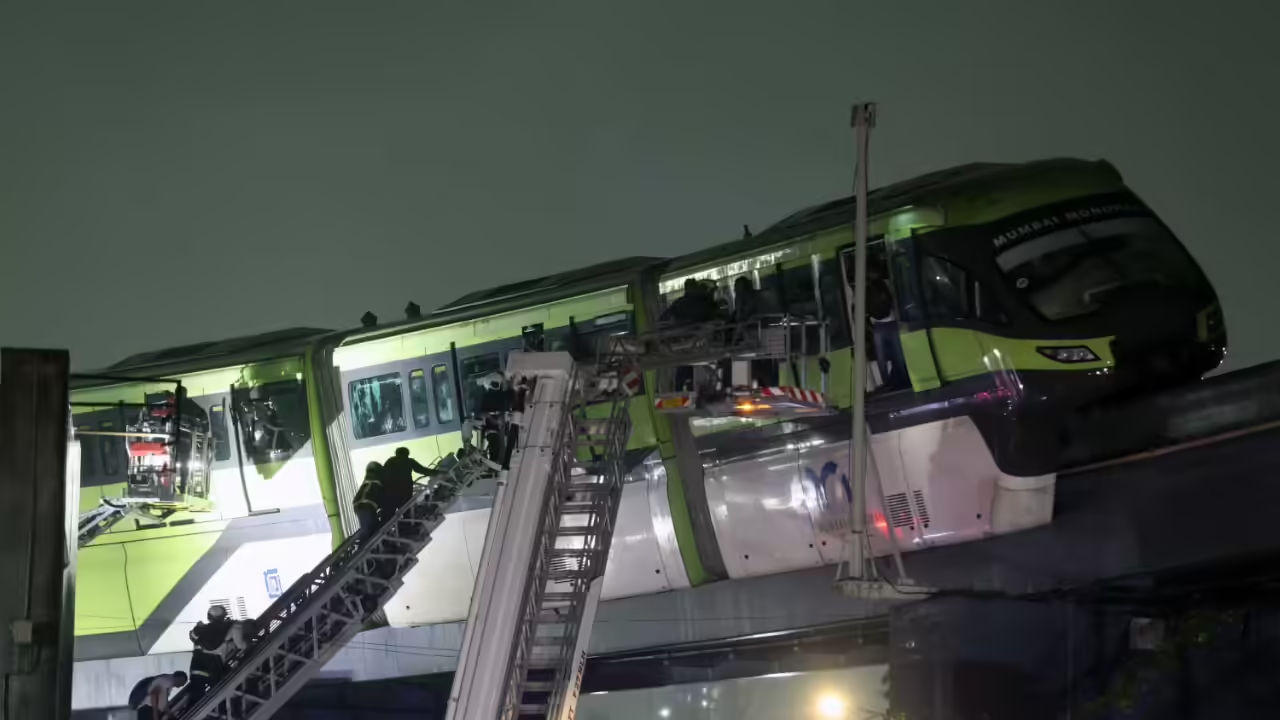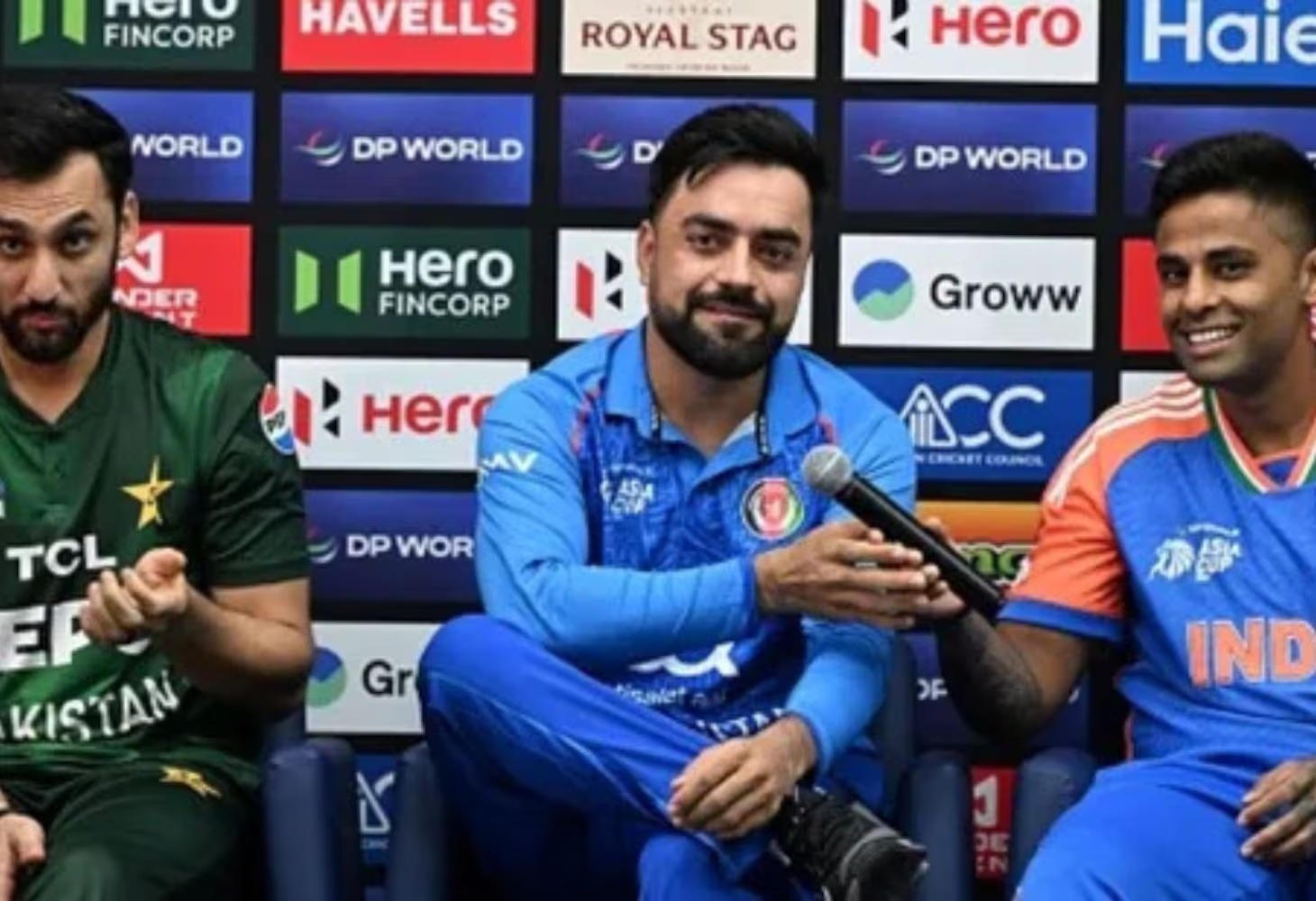Now Reading: Manipur After Modi’s Visit: A Fragile Peace Amidst Renewed Tensions
-
01
Manipur After Modi’s Visit: A Fragile Peace Amidst Renewed Tensions
Manipur After Modi’s Visit: A Fragile Peace Amidst Renewed Tensions
Prime Minister Narendra Modi’s first visit to Manipur since the 2023 ethnic violence aimed to foster reconciliation and development. However, the aftermath reveals a complex landscape where symbolic gestures meet the harsh realities of ongoing unrest and political divisions.
A Symbolic Gesture Amidst Strife:
During his visit, PM Modi laid the foundation for projects worth ₹7,300 crore in Churachandpur and inaugurated ₹1,200 crore worth of initiatives in Imphal. He met displaced families, emphasizing the need for peace and unity. Despite these efforts, the region remains deeply divided, with communities expressing skepticism about the effectiveness of such initiatives without genuine reconciliation.
Renewed Unrest Post-Visit:
Less than 24 hours after the Prime Minister’s departure, protests erupted in Churachandpur. Demonstrators clashed with security forces, demanding the release of two youths arrested for allegedly vandalizing decorations. This incident underscores the fragility of the peace established and the deep-seated grievances that persist.
Political Reactions and Criticisms:
Opposition parties have criticized the timing and intent of the visit. Some leaders argue that the Prime Minister’s presence was more about political optics than addressing the root causes of the conflict. They contend that meaningful dialogue and sustained efforts are essential for lasting peace.
Calls for Inclusive Dialogue:
Community leaders and displaced individuals have called for inclusive peace talks involving all stakeholders. They stress that any lasting solution must address the concerns of both the Meitei and Kuki-Zo communities, ensuring justice, security, and dignity for all.
Conclusion:
While PM Modi’s visit to Manipur was a significant step towards acknowledging the state’s challenges, it is evident that symbolic gestures alone are insufficient. The path to lasting peace requires genuine dialogue, accountability, and a commitment to healing the deep wounds inflicted by years of ethnic strife.








